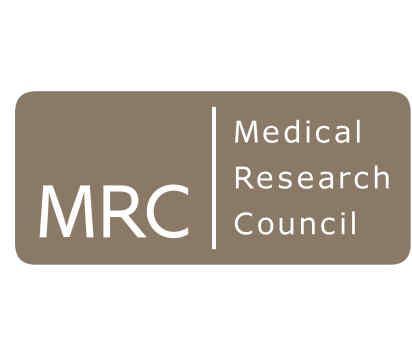BibTex format
@article{Hoyles:2018:10.1186/s40168-018-0461-0,
author = {Hoyles, L and Jiménez-Pranteda, MJ and Chilloux, J and Brial, F and Myridakis, A and Aranias, T and Magnan, C and Gibson, GR and Sanderson, JD and Nicholson, JK and Gauguier, D and McCartney, AL and Dumas, ME},
doi = {10.1186/s40168-018-0461-0},
journal = {Microbiome},
title = {Metabolic retroconversion of trimethylamine N-oxide and the gut microbiota},
url = {http://dx.doi.org/10.1186/s40168-018-0461-0},
volume = {6},
year = {2018}
}
RIS format (EndNote, RefMan)
TY - JOUR
AB - Background:The dietary methylamines choline, carnitine, and phosphatidylcholine are used by the gut microbiota to produce a range of metabolites, including trimethylamine (TMA). However, little is known about the use of trimethylamine N-oxide (TMAO) by this consortium of microbes.Results:A feeding study using deuterated TMAO in C57BL6/J mice demonstrated microbial conversion of TMAO to TMA, with uptake of TMA into the bloodstream and its conversion to TMAO. Microbial activity necessary to convert TMAO to TMA was suppressed in antibiotic-treated mice, with deuterated TMAO being taken up directly into the bloodstream. In batch-culture fermentation systems inoculated with human faeces, growth of Enterobacteriaceae was stimulated in the presence of TMAO. Human-derived faecal and caecal bacteria (n = 66 isolates) were screened on solid and liquid media for their ability to use TMAO, with metabolites in spent media analysed by 1H-NMR. As with the in vitro fermentation experiments, TMAO stimulated the growth of Enterobacteriaceae; these bacteria produced most TMA from TMAO. Caecal/small intestinal isolates of Escherichia coli produced more TMA from TMAO than their faecal counterparts. Lactic acid bacteria produced increased amounts of lactate when grown in the presence of TMAO but did not produce large amounts of TMA. Clostridia (sensu stricto), bifidobacteria, and coriobacteria were significantly correlated with TMA production in the mixed fermentation system but did not produce notable quantities of TMA from TMAO in pure culture.Conclusions:Reduction of TMAO by the gut microbiota (predominantly Enterobacteriaceae) to TMA followed by host uptake of TMA into the bloodstream from the intestine and its conversion back to TMAO by host hepatic enzymes is an example of metabolic retroconversion. TMAO influences microbial metabolism depending on isolation source and taxon of gut bacterium. Correlation of metabolomic and abundance data from mixed microbiota fermenta
AU - Hoyles,L
AU - Jiménez-Pranteda,MJ
AU - Chilloux,J
AU - Brial,F
AU - Myridakis,A
AU - Aranias,T
AU - Magnan,C
AU - Gibson,GR
AU - Sanderson,JD
AU - Nicholson,JK
AU - Gauguier,D
AU - McCartney,AL
AU - Dumas,ME
DO - 10.1186/s40168-018-0461-0
PY - 2018///
SN - 2049-2618
TI - Metabolic retroconversion of trimethylamine N-oxide and the gut microbiota
T2 - Microbiome
UR - http://dx.doi.org/10.1186/s40168-018-0461-0
UR - http://hdl.handle.net/10044/1/59055
VL - 6
ER -
